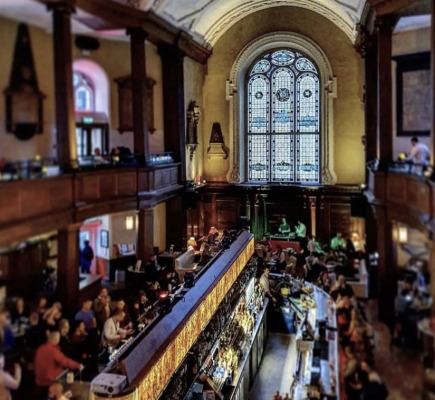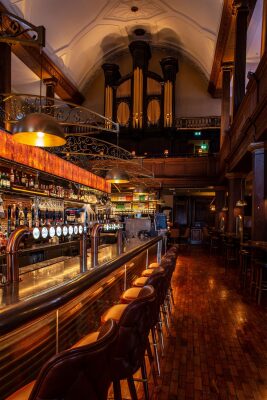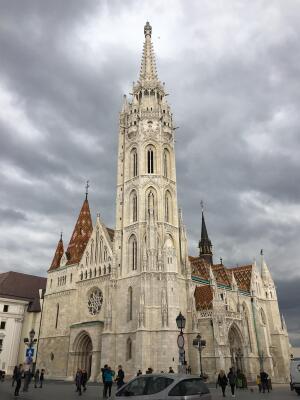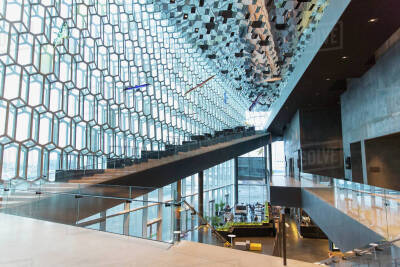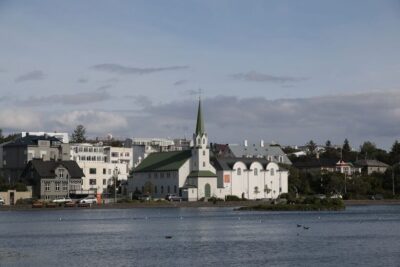Hallgrímskirkja Church

Hallgrímskirkja Church is a prominent landmark in Reykjavík, the capital city of Iceland. Designed by architect Guðjón Samúelsson, the church's construction began in 1945 and was completed in 1986. The church is named after Icelandic poet and clergyman Hallgrímur Pétursson.
The design of Hallgrímskirkja Church is inspired by the basalt columns found in Iceland's landscape, giving it a unique and striking appearance. The church stands at 74.5 meters tall, making it one of the tallest structures in Iceland.
Visitors to Hallgrímskirkja can take an elevator to the top of the tower for panoramic views of Reykjavík and beyond. The interior of the church features a large pipe organ with over 5,000 pipes, as well as stunning stained glass windows depicting scenes from Icelandic history.
Hallgrímskirkja Church serves as both a place of worship for the Lutheran parish of Reykjavík and a popular tourist attraction. Its iconic design and central location make it a must-visit destination for anyone exploring Reykjavík.
Witch Movie Filming Locations
Hallgrímskirkja Church, located in Reykjavík, Iceland, is a prominent landmark and one of the most famous churches in the country. The church's unique design, inspired by Icelandic nature and volcanic rock formations, has made it a popular filming location for various movies and TV shows.
In 2015, Hallgrímskirkja Church was used as a filming location for the movie "The Witch." The film, directed by Robert Eggers, is a supernatural horror film set in 17th century New England. Hallgrímskirkja Church provided the perfect backdrop for some of the eerie and atmospheric scenes in the movie.
The filmmakers were drawn to Hallgrímskirkja Church's striking architecture and dramatic setting on top of a hill overlooking Reykjavík. The church's stark exterior and interior added to the overall sense of foreboding and mystery that permeates "The Witch."
Overall, Hallgrímskirkja Church's appearance in "The Witch" helped to enhance the film's atmosphere and contribute to its overall sense of unease. Its use as a filming location demonstrates how iconic landmarks can be repurposed to create memorable cinematic experiences.

